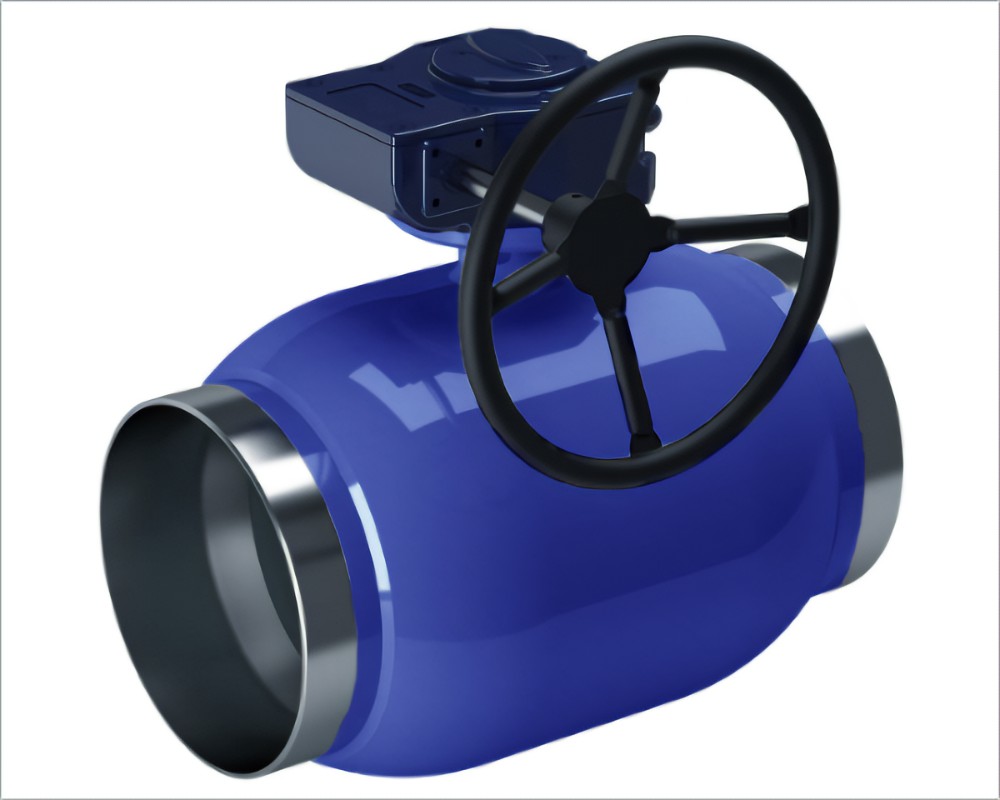strainer valve types
Understanding Strainer Valve Types A Comprehensive Guide
Strainer valves are essential components in various industrial and commercial applications. They play a crucial role in filtering out contaminants from fluids and gases to protect equipment and ensure system efficiency. The design and functionality of strainer valves vary widely, and understanding these differences is vital for selecting the right type for a specific application. This article explores several popular strainer valve types, their features, advantages, and ideal use cases.
1. Y-Strainers
Y-strainers are among the most common types of strainer valves, distinguished by their Y-shaped design. These strainers are typically installed in pipelines to filter out unwanted particles from fluid flow. The angled inlet allows for minimal pressure drop while effectively capturing debris. Y-strainers are available in a variety of materials, including stainless steel, brass, and plastic, making them versatile for different environments. They are easy to clean and maintain, as the strainer element can be removed without dismantling the entire pipeline system. Ideal for applications with moderate flow rates, Y-strainers are widely used in water, oil, and gas systems.
Basket strainers are designed for applications with larger volumes of flow. They feature a basket-like filtration element that captures debris while allowing fluid to pass through. These strainers are efficient for high-flow scenarios and can accommodate larger particles compared to Y-strainers. One of the key advantages of basket strainers is their ability to handle larger debris without clogging, making them suitable for industrial processes, cooling systems, and HVAC applications. They are also easy to clean, as the basket can be removed and washed separately.
3. T-Strainers
strainer valve types

T-strainers have a T-shaped design, allowing them to be installed in horizontal or vertical pipelines. This flexibility makes them a popular choice in various applications. T-strainers are particularly effective in systems where space is limited or where installation angles may vary. Similar to basket strainers, T-strainers have a larger filtration element, providing excellent debris capture capabilities. They are often used in water, fuel, and chemical processing systems, where fluid contaminants can affect system performance.
4. Temporary Strainers
As the name suggests, temporary strainers are utilized for short-term applications or during construction and maintenance activities. These strainers are designed to be easily installed and removed, providing a quick solution to protect piping systems from debris during system filling or repair. Temporary strainers can be made from various materials, including mesh cloth or perforated metal, depending on the specific application needs. While not meant for long-term use, they are essential in safeguarding against potential damage during transient conditions.
5. Automatic Strainers
Automatic strainers are equipped with mechanisms that allow for self-cleaning, making them highly efficient for continuous operation without requiring manual intervention. These strainers use pressure differentials to trigger a cleaning cycle, flushing out accumulated debris from the straining element. This feature is particularly beneficial in applications where consistent performance is critical, such as in water treatment facilities and large industrial systems. The reduced downtime associated with automatic strainers makes them a cost-effective solution over the long term.
Conclusion
Choosing the right type of strainer valve is essential for maintaining operational efficiency and extending the lifespan of equipment in various industrial applications. Y-strainers, basket strainers, T-strainers, temporary strainers, and automatic strainers each have unique characteristics tailored for specific environments and requirements. By understanding these types, operators can make informed decisions that enhance system reliability and performance. Regular maintenance and monitoring of strainer valves are also critical to ensure they function optimally, preventing costly breakdowns and ensuring smooth operations.
-
Breakthrough in Domestic Low Temperature Valve Technology in ChinaNewsAug.18,2025
-
From Machinery to Intelligent Brain: The Digital Transformation Wave of the Valve IndustryNewsAug.18,2025
-
PCVEXPO 2025NewsAug.18,2025
-
The Key to Fluid Control: Exploring the Advantages of Ball Valves in Industrial SystemsNewsJul.09,2025
-
The Versatile World of 1, 2, and 3 Piece Ball ValvesNewsJul.09,2025
-
Stainless Steel Ball Valves: The Ideal Choice for Efficient Flow ControlNewsJul.09,2025
-
Optimizing Fluid Control with Ball Float ValvesNewsJul.09,2025




